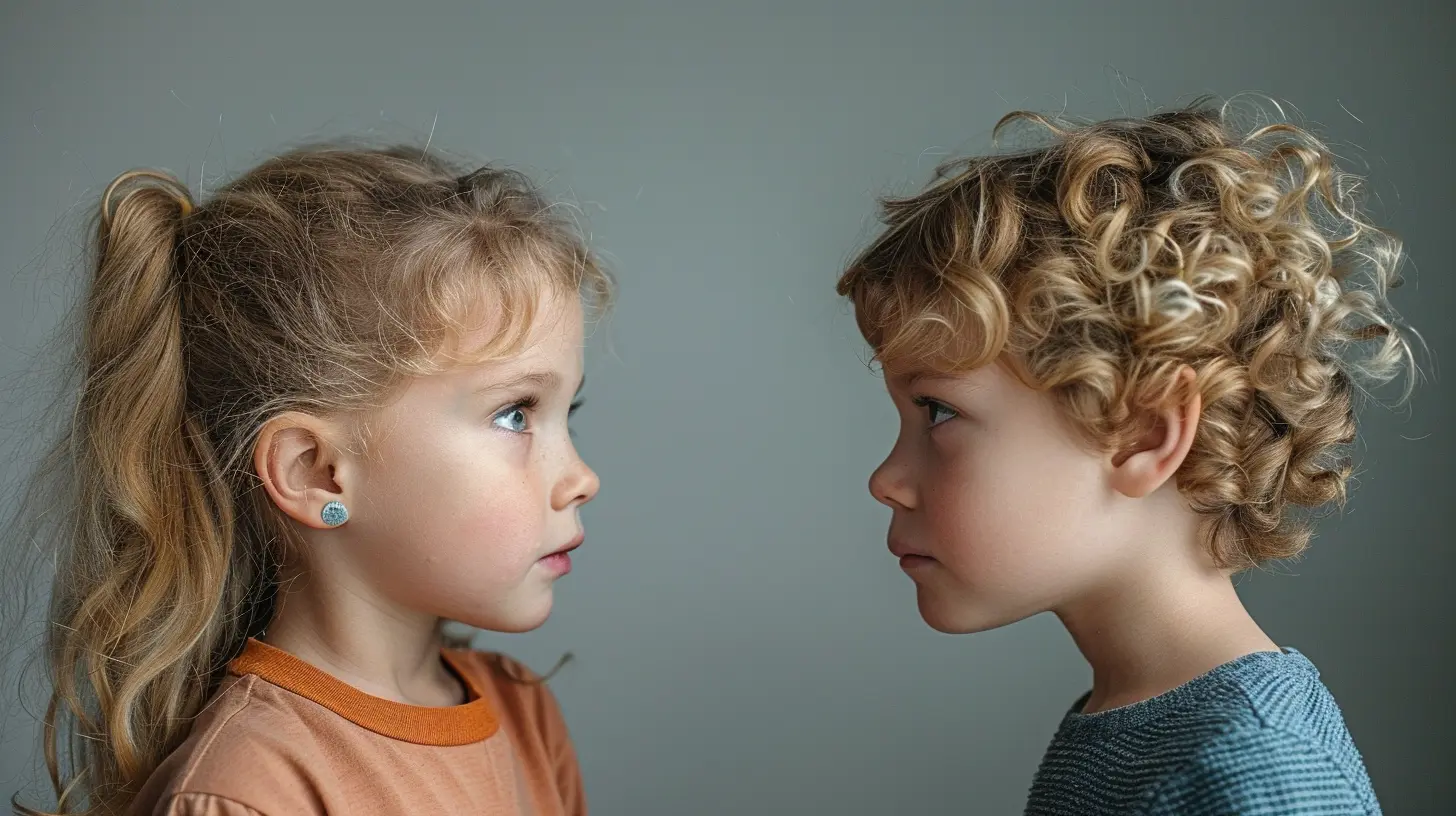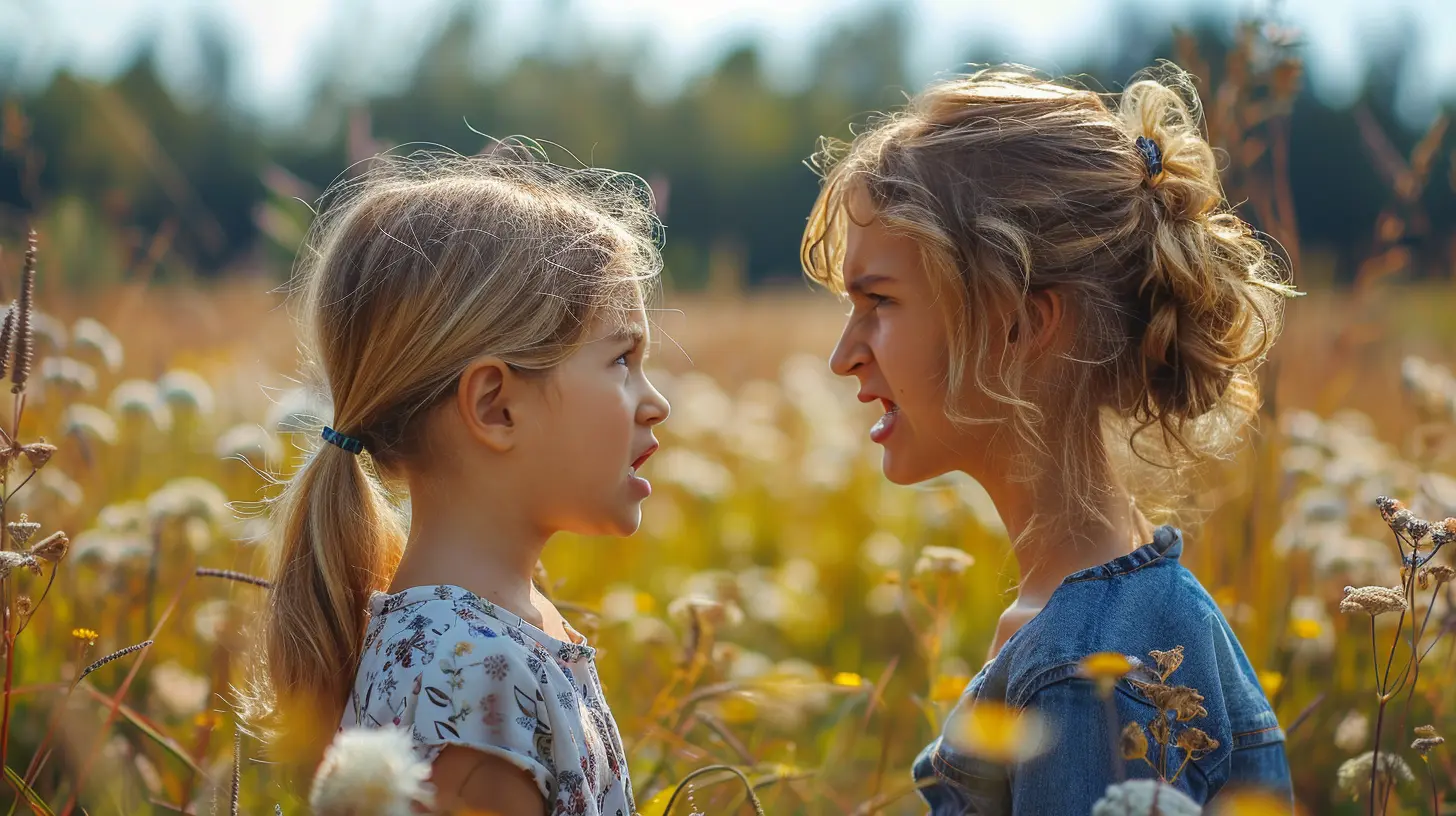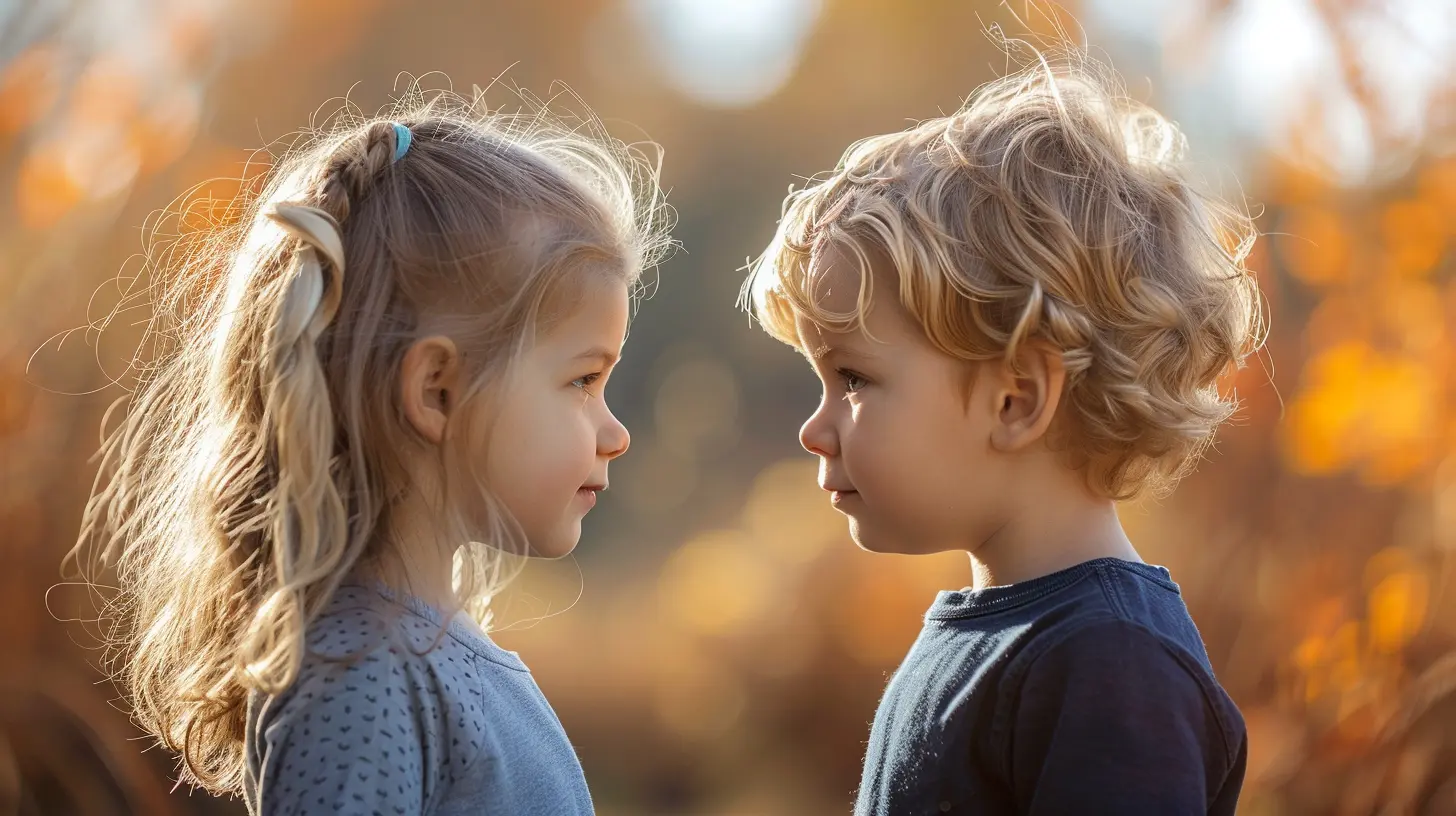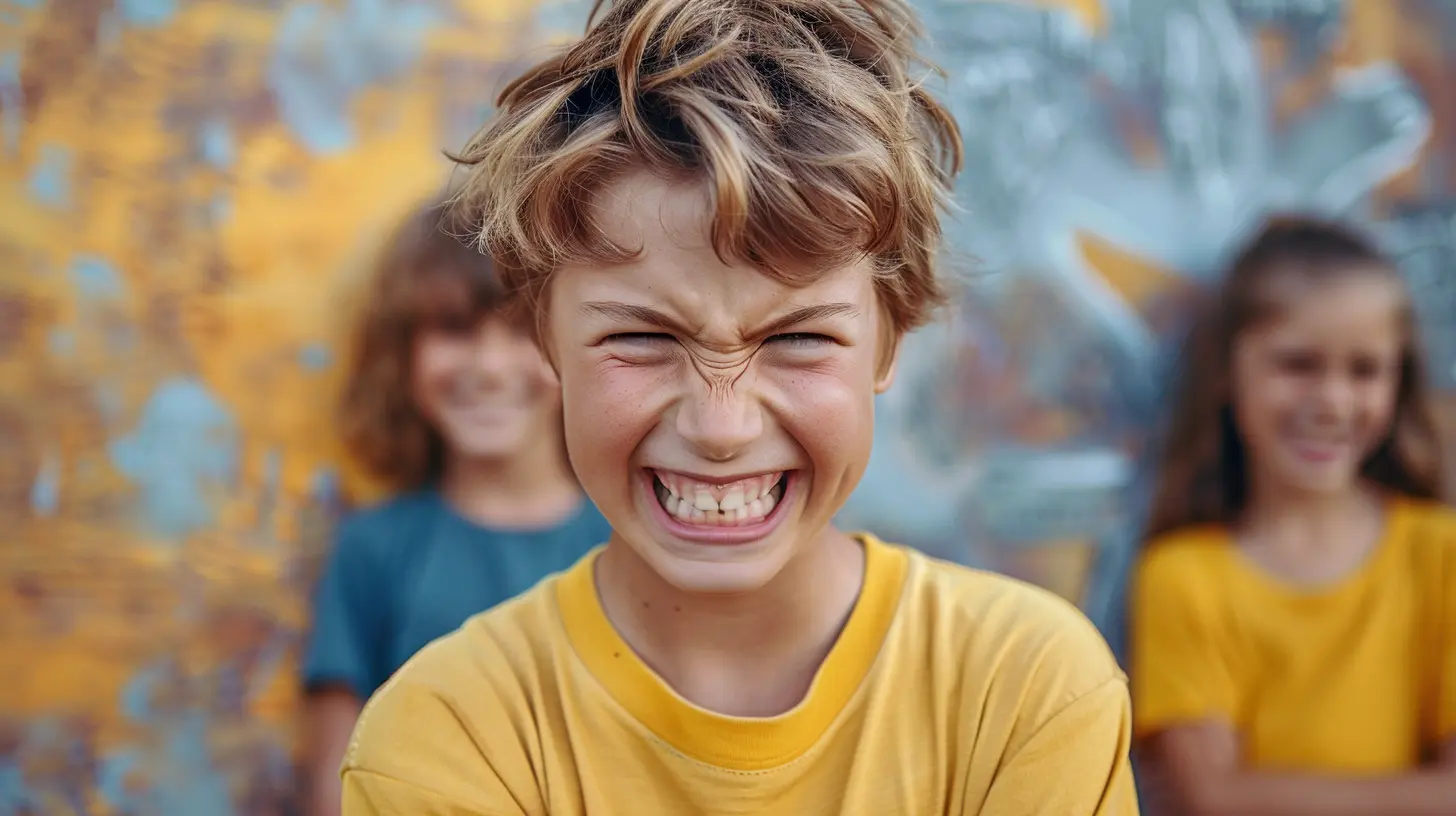Conflict Resolution: Teaching Kids to Express Themselves Calmly
21 May 2025
Conflict is a natural part of life. Whether it’s a disagreement over a toy, a misunderstanding with a friend, or frustration over bedtime rules, kids will encounter conflict regularly. The real challenge isn’t avoiding it—it’s teaching them how to handle it calmly and constructively.
As parents, we want our children to express their feelings without yelling, hitting, or shutting down. But how do we teach them conflict resolution skills in a way that sticks? Let’s break it down! 
Why Conflict Resolution Matters
Kids aren’t born knowing how to handle disagreements. They either mimic what they see or act on impulse. Without guidance, they might bottle up emotions, lash out, or struggle to maintain friendships. Teaching conflict resolution helps them:- Build stronger relationships
- Develop emotional intelligence
- Learn problem-solving skills
- Feel heard and understood
When children learn to manage conflicts in a healthy way, they grow into adults who can navigate challenges with patience and confidence. 
Understanding Why Kids Struggle with Conflict
Before we dive into solutions, let’s look at why kids find conflict resolution tough.1. Big Emotions, Little Control
Young children feel emotions intensely but don’t always know how to manage them. When frustration builds, their first response may be to yell, cry, or stomp off.2. Limited Vocabulary
Sometimes, kids don’t have the words to express what they’re feeling. Instead of saying, “I’m upset because you took my toy,” they might snatch it back or push their friend away.3. Lack of Perspective
Young kids often see things only from their own point of view. They may struggle with understanding how their words or actions affect others.4. Impulsivity
Self-control is a learned skill. Children (especially toddlers and preschoolers) act before they think, leading to outbursts and frustration.Understanding these challenges is the first step in helping kids develop better conflict-resolution skills. 
How to Teach Kids to Resolve Conflicts Calmly
Now, let’s talk about practical ways to teach kids how to handle disagreements with a cool head.1. Be a Role Model
Kids watch and imitate everything we do. If they see us yelling during arguments, they’ll assume that’s the right way to handle conflict. Instead, model calm and respectful communication:- Use “I” statements: “I feel frustrated when I’m interrupted.”
- Take deep breaths before responding.
- Show empathy in your disagreements.
When you model healthy conflict resolution, your child learns by example.
2. Teach the “Pause and Breathe” Technique
When kids feel overwhelmed, their emotions can take control. Teaching them a simple breathing technique can help:1. Pause before reacting.
2. Take a deep breath in through the nose.
3. Slowly exhale through the mouth.
4. Repeat until they feel calmer.
This small technique helps reset emotions and makes it easier to communicate effectively.
3. Help Them Identify Their Feelings
Many outbursts happen because kids don’t know how to express what they’re feeling. Teaching them to recognize and name emotions is key.Try using a feelings chart or asking questions like:
- “Are you feeling angry or just frustrated?”
- “Does your body feel tense right now?”
- “What made you upset?”
When kids can name their emotions, they’re more likely to express them with words instead of actions.
4. Encourage the “Talk It Out” Approach
Teach your child to use words instead of actions during conflicts. Give them a simple script they can follow:- “I feel [emotion] when you [action].”
- “Can we find a way to fix this together?”
For example, instead of “You’re mean!” encourage them to say, “I feel sad when you take my toy without asking.”
Practice these phrases during calm moments so they’re easier to use during real conflicts.
5. Teach the Power of Listening
Conflict resolution isn’t just about expressing feelings—it’s also about hearing the other side. Teach kids to:- Make eye contact when someone is speaking.
- Wait until the other person finishes talking.
- Repeat what they heard: “So, you're feeling upset because I didn’t share?”
Listening helps children understand different perspectives and find solutions together.
6. Introduce Problem-Solving Steps
Instead of jumping to blame, encourage kids to think about solutions. Guide them through these steps:1. Identify the problem: “What’s wrong?”
2. Express feelings: “How do you feel about it?”
3. Think of solutions: “What can we do to fix this?”
4. Agree on a solution: “Which idea feels fair to both of us?”
Problem-solving turns conflicts into learning opportunities instead of battles.
7. Practice Through Role-Playing
Kids learn best through play. Try acting out common conflicts using stuffed animals or dolls and have your child practice responding calmly.For example, pretend one toy takes another toy’s favorite car. Ask, “How do you think the toy feels? What could the other toy say to fix it?”
Role-playing gives kids a safe place to practice before real-life conflicts arise.
8. Praise Positive Behavior
When your child handles a disagreement well, let them know! Positive reinforcement encourages them to keep using their new skills.You might say:
- “I loved how you used your words instead of yelling.”
- “That was really kind of you to listen to your friend’s feelings.”
- “Great job finding a solution together!”
Praise builds confidence and reinforces the behavior you want to see.
9. Teach When to Walk Away
Not all conflicts need to be solved immediately. Teach your child that sometimes, taking a break is the best choice.If an argument is getting too heated, encourage them to step away, calm down, and come back later to talk. This prevents emotional explosions and allows for clearer thinking. 
Handling Conflict Between Siblings
Sibling rivalry is a common source of conflict, but it’s also a great opportunity to practice resolution skills.- Don’t take sides: Instead of choosing a “winner,” guide them toward a fair solution.
- Give them space to solve it: Step back and let them work through it before intervening.
- Encourage teamwork: Remind them they’re on the same side, not opponents.
Helping siblings resolve conflicts teaches them skills they’ll use for life.
Final Thoughts
Conflict resolution isn’t about eliminating disagreements—it’s about teaching kids to handle them in a healthy way. With patience, practice, and a little creativity, your child can learn to express themselves calmly, listen to others, and solve problems without unnecessary drama.So next time your little one is on the verge of a meltdown, take a deep breath, guide them through the steps, and know that you’re helping them build skills that will benefit them for a lifetime!
all images in this post were generated using AI tools
Category:
Communication With KidsAuthor:

Kelly Snow
Discussion
rate this article
3 comments
Genevieve McDermott
Great tips! Teaching kids calm expression fosters understanding and empathy, essential skills for their lifelong relationships.
June 13, 2025 at 4:56 AM

Kelly Snow
Thank you! I'm glad you found the tips helpful. Fostering calm expression is indeed vital for empathy and healthy relationships.
Zephyris Roberson
This topic fascinates me! How can we balance teaching kids to express their feelings with encouraging them to listen actively? I’m eager to hear practical tips for nurturing this skill!
May 28, 2025 at 2:21 PM

Kelly Snow
I'm glad you find this topic fascinating! To balance teaching kids to express their feelings and listen actively, encourage role-playing scenarios where they practice both sharing their emotions and responding to others. Use "I" statements to express feelings while also teaching them to ask open-ended questions to foster active listening. Regular practice and modeling these skills will nurture their emotional intelligence.
Regina Cole
Thank you for this insightful article! Teaching our children to express themselves calmly is such an essential skill. It not only fosters better relationships but also instills confidence. Your practical tips are a wonderful reminder of how valuable patience and understanding are in guiding our kids through conflicts.
May 22, 2025 at 2:30 AM

Kelly Snow
Thank you for your kind words! I'm glad you found the tips helpful—teaching kids to express themselves calmly truly makes a lasting impact on their relationships and confidence.



